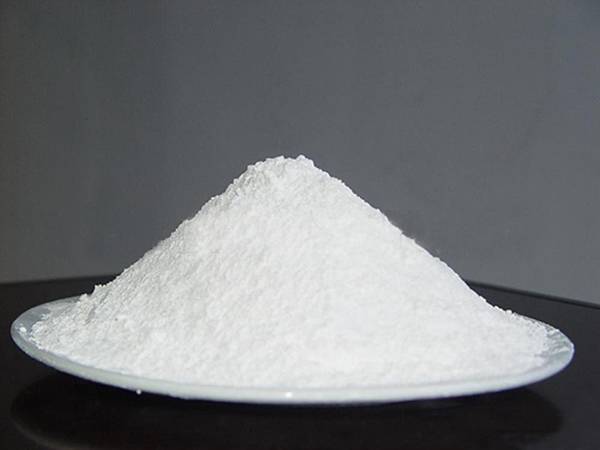



purification of water using alum
Purification of Water Using Alum A Sustainable Solution
Water is an essential resource for all forms of life. However, the increasing population and industrial activities have led to a degradation of water quality, making purification a necessity in many regions. One effective and affordable method for purifying water is through the use of alum, a compound primarily composed of aluminum sulfate. In this article, we will explore how alum works for water purification, its benefits, and its potential applications in different settings.
Understanding Alum
Alum, a chemical compound with the formula KAl(SO₄)₂·12H₂O, is predominantly known for its use in various industrial processes, food preparation, and water treatment. In its role as a coagulant, alum is frequently employed in the purification of water. When dissolved in water, alum dissociates into its constituent ions, which help in the formation of flocs—aggregates of particles that can trap unwanted impurities and pathogens present in water.
The Mechanism of Action
The purification process begins when alum is added to contaminated water. The positive aluminum ions in the alum bind with the negatively charged particles, such as dirt, bacteria, and organic matter. This process, known as coagulation, promotes the clumping together of these tiny particles into larger aggregates, or flocs. As these flocs grow in size, they become heavy enough to settle to the bottom of the container through a process called sedimentation.
Once sedimentation has occurred, the clearer water on top can be carefully siphoned off or decanted. To further enhance the purity of the water, the sediment can be filtered or subjected to additional disinfection methods, such as chlorination or UV treatment. This multi-step approach ensures that the final product is safe for consumption.
Benefits of Using Alum
The use of alum in water purification offers several advantages. First and foremost, it is cost-effective and widely available. Many communities, especially in developing regions, rely on alum as an accessible solution to improve water quality. Its effectiveness at removing a variety of contaminants, including suspended solids and pathogens, contributes to safer drinking water, which is vital for public health.
purification of water using alum

Moreover, alum aids in reducing the color and turbidity of water, making it not only safer but also more visually appealing. It can also help in the removal of heavy metals and phosphorus, which are common pollutants in industrial wastewater. This multi-faceted ability makes alum a valuable component in comprehensive water treatment systems.
Applications and Real-World Examples
Alum is regularly used in municipal water treatment facilities across the globe. In many cities, the addition of alum is a standard procedure during the initial stages of water treatment. Additionally, it can be applied in rural areas where resources are limited, providing an efficient and simplistic solution for residents striving to access clean water.
One notable example of alum use is in agricultural settings, where it is employed to treat irrigation water. By improving the quality of water used for crops, farmers can enhance yields and reduce the risk of crop diseases associated with contaminated water.
Environmental Considerations
While alum is an effective purifying agent, its environmental impact must also be considered. The residual sludge produced during the coagulation and sedimentation processes can contain concentrated pollutants, which require proper management to prevent potential contamination of surrounding ecosystems. Sustainable practices should be implemented to mitigate the environmental footprint of alum use.
Conclusion
In conclusion, the purification of water using alum presents a simple, effective, and affordable solution to one of the world's most pressing challenges—access to clean water. Its ability to coagulate impurities, reduce turbidity, and make water safe for consumption has made it a staple in water treatment processes. By leveraging this natural compound responsibly and collaboratively, communities can work towards sustainable water management and improved public health. As we continue to seek solutions for water purification, alum remains a prime candidate worthy of further exploration and utilization.
-
Why Sodium Persulfate Is Everywhere NowNewsJul.07,2025
-
Why Polyacrylamide Is in High DemandNewsJul.07,2025
-
Understanding Paint Chemicals and Their ApplicationsNewsJul.07,2025
-
Smart Use Of Mining ChemicalsNewsJul.07,2025
-
Practical Uses of Potassium MonopersulfateNewsJul.07,2025
-
Agrochemicals In Real FarmingNewsJul.07,2025
-
Sodium Chlorite Hot UsesNewsJul.01,2025










